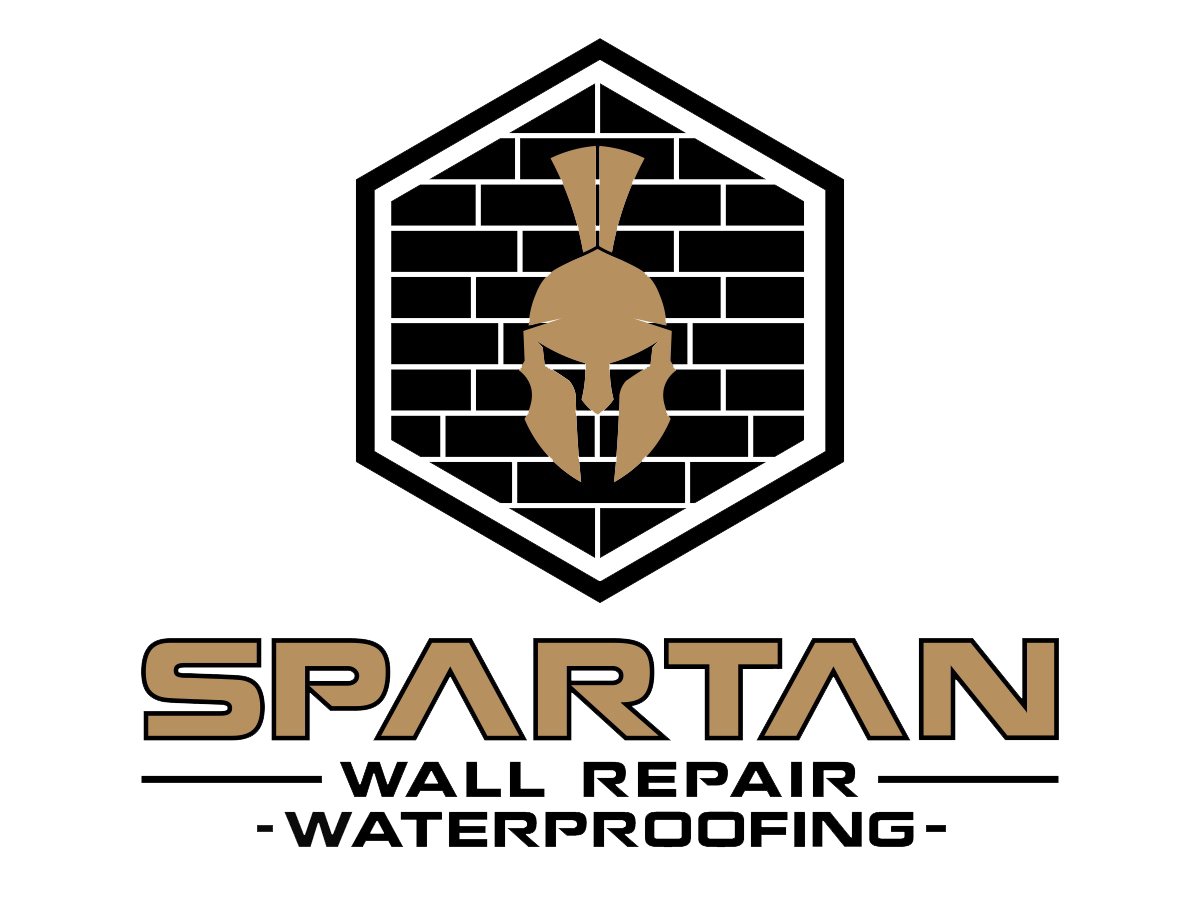Water damage can be a homeowner’s worst nightmare, leading to costly repairs and a ripple effect of problems throughout your property. If you’ve ever walked down to your basement only to find dampness creeping in, you know the importance of effective waterproofing. This essential guide to basement waterproofing will equip you with the knowledge and tools you need to safeguard your home against unwanted moisture intrusion. From understanding the common causes of water leaks to exploring the latest techniques and products in waterproofing, we’ll cover everything you need to know. No longer will you have to live in the shadow of water damage fears! With our step-by-step approach, you can take proactive measures to protect your most valued asset. Dive in and discover how to keep your basement, and thus your home, dry and resilient. Let’s begin your journey to a safer, more secure living space today!
Understanding Basement Waterproofing
Basement waterproofing is a critical aspect of home maintenance that involves preventing water from entering the basement or crawl space of a building. This process is essential for ensuring the integrity of your home’s foundation and preventing the myriad of problems associated with water intrusion. Water damage can lead to structural issues, mold growth, and unhealthy living conditions, making it imperative to understand the principles of basement waterproofing.
The primary goal of basement waterproofing is to create a barrier that stops water from penetrating the basement walls and floors. This can be achieved through various methods, including the application of sealants, installation of drainage systems, and the use of waterproofing membranes. By keeping water at bay, homeowners can protect their property from damage and maintain a dry, comfortable living space.
Effective basement waterproofing requires a thorough understanding of the sources of water intrusion and the unique characteristics of your home. Factors such as the local climate, soil composition, and the design of the home’s foundation all play a role in determining the most appropriate waterproofing solution. By taking a comprehensive approach, homeowners can ensure that their basement remains dry and free from water damage.
Common Causes of Basement Water Damage
There are several common causes of basement water damage, each of which can lead to significant problems if not addressed promptly. One of the most frequent culprits is hydrostatic pressure, which occurs when the soil surrounding the foundation becomes saturated with water. This pressure can force water through cracks in the foundation walls and floor, leading to leaks and dampness in the basement.
Another common cause of basement water damage is poor drainage around the home’s foundation. When rainwater or melting snow is not properly directed away from the house, it can accumulate near the foundation and seep into the basement. This can be exacerbated by clogged gutters, downspouts that are not extended far enough from the house, or improper grading of the landscape.
Additionally, groundwater can also contribute to basement water damage. In areas with a high water table, the natural level of groundwater can rise and infiltrate the basement through cracks or gaps in the foundation. This can be particularly problematic during periods of heavy rainfall or snowmelt, when the water table is at its highest.
Signs Your Basement Needs Waterproofing
Recognizing the signs that your basement needs waterproofing is crucial for preventing extensive water damage. One of the most obvious indicators is the presence of visible water or dampness on the basement walls or floor. This can range from small puddles to larger, more persistent areas of standing water.
Another common sign of basement water issues is the presence of mold or mildew. These fungi thrive in damp, humid environments and can cause a musty odor in the basement. Mold and mildew can also pose health risks to occupants, particularly those with respiratory issues or allergies.
Other signs that your basement may need waterproofing include efflorescence, which is a white, powdery substance that forms on the walls due to water seepage, and the presence of cracks in the foundation. Additionally, if you notice peeling paint or wallpaper, rust on metal fixtures, or warped wood, these can all be indicators that moisture is infiltrating your basement.
Types of Basement Waterproofing Solutions
There are several types of basement waterproofing solutions available, each designed to address different aspects of water intrusion. One of the most common methods is the application of interior sealants and coatings. These products are applied directly to the basement walls and floors to create a waterproof barrier that prevents water from seeping through.
Another popular solution is the installation of interior drainage systems. These systems typically involve the placement of drainage pipes around the perimeter of the basement floor, which collect and channel water away from the foundation. Sump pumps are often used in conjunction with these systems to remove any accumulated water from the basement.
Exterior waterproofing is another effective solution for preventing basement water damage. This method involves excavating the soil around the foundation and applying a waterproof membrane or coating to the exterior walls. Additionally, exterior drainage systems, such as French drains, can be installed to direct water away from the foundation and prevent it from seeping into the basement.
Interior vs. Exterior Waterproofing: Which is Right for You?
When it comes to basement waterproofing, homeowners often face the decision of whether to opt for interior or exterior solutions. Each approach has its own advantages and disadvantages, and the best choice depends on the specific needs and conditions of your home.
Interior waterproofing is generally less invasive and more affordable than exterior methods. It can be an effective solution for addressing minor water issues and is often used in conjunction with other measures, such as sump pumps and dehumidifiers. However, interior waterproofing does not address the root cause of water intrusion and may not be sufficient for severe or persistent water problems.
Exterior waterproofing, on the other hand, is a more comprehensive solution that addresses water intrusion at its source. By creating a barrier on the outside of the foundation, exterior waterproofing prevents water from entering the basement in the first place. While this method can be more expensive and labor-intensive, it is often the most effective way to ensure a dry and secure basement.
DIY Basement Waterproofing Techniques
For homeowners who prefer a hands-on approach, there are several DIY basement waterproofing techniques that can be effective in preventing water damage. One of the simplest methods is to apply waterproofing paint or sealant to the basement walls and floor. These products can be easily applied with a brush or roller and can provide a protective barrier against moisture.
Another DIY technique is to improve the drainage around the home’s foundation. This can be done by cleaning and extending downspouts, ensuring that gutters are free of debris, and grading the landscape so that water flows away from the house. Installing a French drain or a dry well can also help to direct water away from the foundation.
Homeowners can also take steps to reduce humidity levels in the basement, which can help to prevent mold growth and dampness. Using a dehumidifier, sealing any cracks or gaps in the foundation, and ensuring proper ventilation can all contribute to a drier basement environment.
Professional Basement Waterproofing Services
While DIY methods can be effective for minor water issues, professional basement waterproofing services are often necessary for more severe or persistent problems. Professional contractors have the expertise and equipment to accurately assess the source of water intrusion and implement the most appropriate solutions.
One of the key benefits of hiring a professional is the ability to receive a comprehensive assessment of your basement’s condition. Professionals can identify hidden issues, such as structural damage or high water tables, that may not be apparent to the untrained eye. This allows for a more targeted and effective waterproofing strategy.
Professional waterproofing services can also provide long-term solutions that are backed by warranties, giving homeowners peace of mind. From the installation of advanced drainage systems to the application of high-quality waterproofing membranes, professionals can ensure that your basement remains dry and protected against water damage.
Cost Factors for Basement Waterproofing
The cost of basement waterproofing can vary widely depending on several factors, including the extent of the water damage, the size of the basement, and the specific waterproofing methods used. On average, homeowners can expect to spend anywhere from a few hundred to several thousand dollars on basement waterproofing.
One of the primary cost factors is the chosen waterproofing method. Interior solutions, such as sealants and coatings, tend to be more affordable than exterior methods, which involve excavation and the application of waterproofing membranes. The installation of drainage systems and sump pumps can also add to the overall cost.
Additionally, the condition of the basement and the severity of the water issues can impact the cost. Basements with extensive damage or structural issues may require more intensive and expensive solutions. It’s important for homeowners to obtain multiple quotes from reputable contractors to ensure they receive the best value for their investment.
Maintenance Tips for a Waterproof Basement
Once your basement has been waterproofed, it’s important to take proactive steps to maintain its condition and prevent future water issues. Regular maintenance can help to extend the lifespan of waterproofing solutions and protect your home from water damage.
One of the most important maintenance tasks is to ensure that gutters and downspouts are clean and functioning properly. This helps to direct water away from the foundation and prevent it from seeping into the basement. Additionally, it’s important to inspect the grading around the home’s foundation and make any necessary adjustments to ensure proper drainage.
Homeowners should also regularly inspect their basement for any signs of water intrusion, such as dampness, mold, or efflorescence. Addressing these issues promptly can help to prevent more extensive damage. Using a dehumidifier and ensuring proper ventilation can also help to maintain a dry basement environment.
Conclusion: Safeguarding Your Home from Water Damage
Water damage can be a significant threat to the integrity and value of your home, making basement waterproofing an essential aspect of home maintenance. By understanding the common causes of basement water damage and recognizing the signs that your basement needs waterproofing, homeowners can take proactive measures to protect their property.
There are a variety of waterproofing solutions available, ranging from DIY techniques to professional services. Each method has its own advantages, and the best choice depends on the specific needs and conditions of your home. Whether you opt for interior or exterior waterproofing, it’s important to address water issues at their source to ensure long-term protection.
Regular maintenance is also key to maintaining a waterproof basement. By keeping gutters clean, ensuring proper drainage, and monitoring for signs of water intrusion, homeowners can safeguard their homes against water damage. With the right knowledge and tools, you can keep your basement dry and your home safe for years to come.




